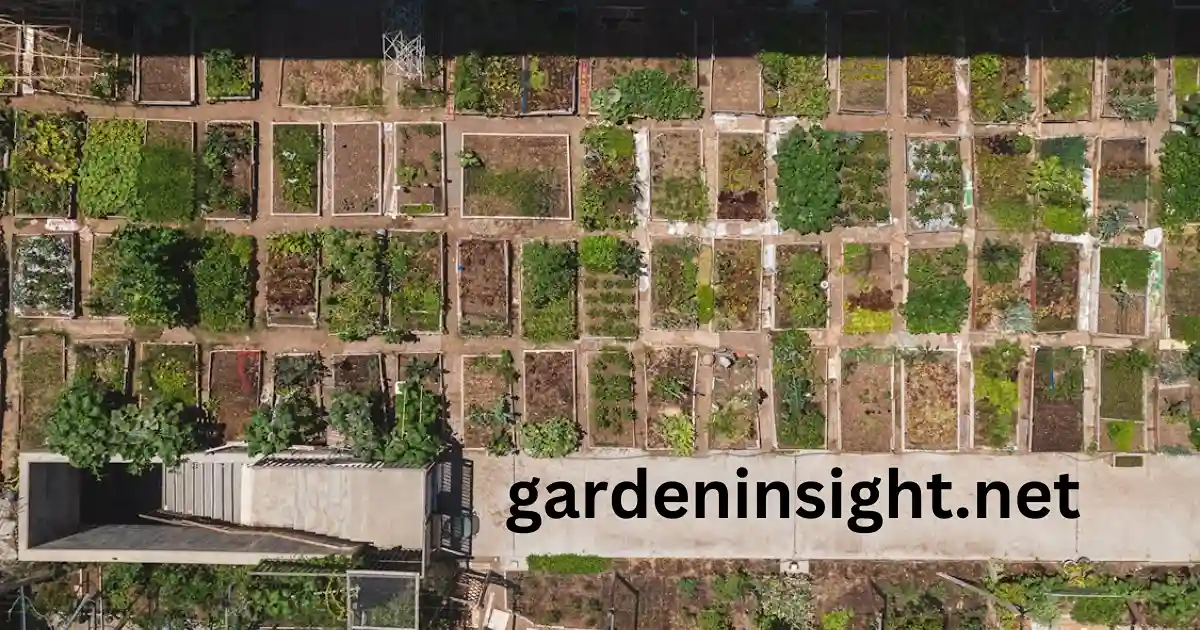Creating a gardening bed allows you to grow flowers, herbs, and vegetables in a space that can enhance any yard, whether you have a large area or a small urban garden. With various materials and methods available, you can customize a gardening bed to suit your needs, space, and style.
Here, we’ll walk through the process of making a gardening bed, covering options for different materials and spaces, such as pallets, sleepers, and bricks. Plus, we’ll explore techniques for placing your bed on grass or soil, including ways to add covers for protection.
Benefits of Gardening Beds
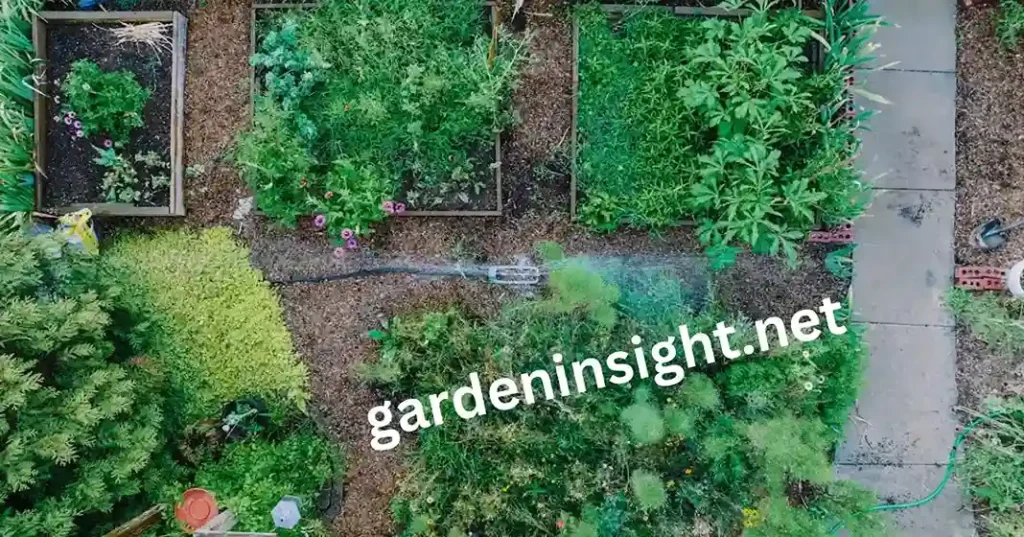
Gardening beds allow plants to thrive by creating a dedicated space for growth, helping prevent weeds, and improving soil quality through contained compost and nutrients. Raised garden beds, in particular, provide better drainage and can reduce the need for bending while gardening, making it an accessible choice for everyone.
Types of Gardening Beds
Garden beds can be created with several types of materials and techniques, each suited to different aesthetics, budgets, and locations. Some common choices include wooden frames, bricks, pallets, and sleepers.
Choosing the Right Garden Bed Material
The material you choose for your garden bed will depend on your gardening goals, available space, and budget. Below, we’ll explore various materials and what they offer.
Step-by-Step Guide: How to Make a Gardening Bed
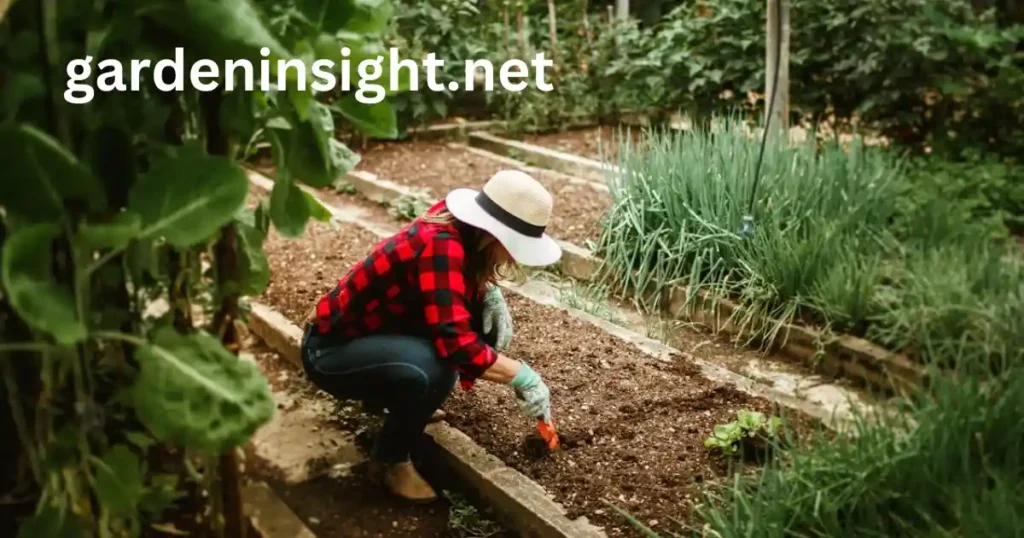
Tools and Materials Needed
Before you begin, gather the following tools and materials:
- Gardening soil
- Compost
- Wood planks, bricks, pallets, or sleepers
- Garden spade or shovel
- Watering can or hose
- Measuring tape
- Landscape fabric (optional)
Steps to Make a Basic Gardening Bed
- Select Location
Choose an area that gets 6-8 hours of sunlight each day, ensuring it’s close to a water source for easy maintenance. - Measure and Mark
Use measuring tape to outline the bed dimensions. A typical raised bed is about 3-4 feet wide, allowing you to reach the center without stepping on the soil. - Prepare the Ground
Clear weeds and grass from the selected area. If placing the bed directly on grass, lay down cardboard or landscape fabric as a weed barrier. - Build the Frame
Assemble your frame using wood, pallets, bricks, or sleepers. For wood, nail the planks together to form a rectangular or square frame. With bricks, simply stack them along the edge. - Add Soil and Compost
Fill the bed with a mixture of soil and compost to create a nutrient-rich environment for your plants. Avoid packing the soil too tightly, as loose soil encourages root growth. - Water the Bed
Water the soil thoroughly to settle it, and make adjustments if the soil level sinks below the frame.
Popular Ways to Make a Garden Bed for Flowers
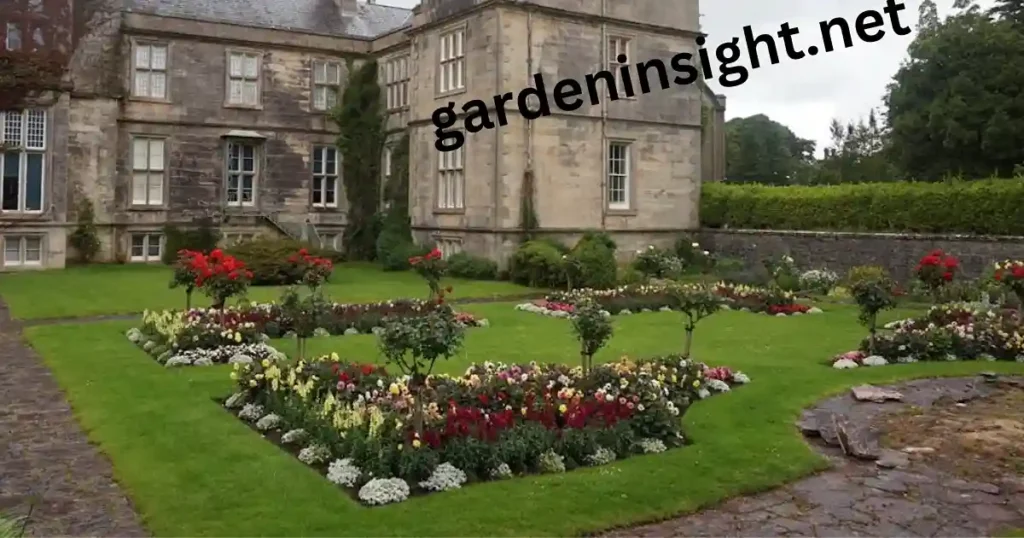
Flower beds can add beauty and color to your garden. Here are some effective ways to create a garden bed specifically for flowers.
Raised Flower Bed
A raised flower bed improves soil drainage, making it ideal for plants that don’t like “wet feet.” Build a raised frame using wood, sleepers, or bricks. Ensure the soil mix is well-draining, with added compost to enrich growth.
In-Ground Flower Bed
An in-ground flower bed is a simple option that involves digging and preparing soil directly in the yard. This method is effective for large flower beds and requires fewer materials.
Flower Bed Cover
Protecting your flower bed with a cover is especially useful in colder climates. A garden bed cover can be a frame with plastic sheeting or fabric stretched over it, which protects plants from frost while letting sunlight through.
| Material | Advantages | Drawbacks |
|---|---|---|
| Wood Planks | Easily customizable | May rot over time |
| Bricks | Long-lasting | Requires level ground |
| Pallets | Low-cost and eco-friendly | Limited durability |
| Sleepers | Durable and aesthetic | Heavier to work with |
How to Make Gardening Bed Out of Pallets
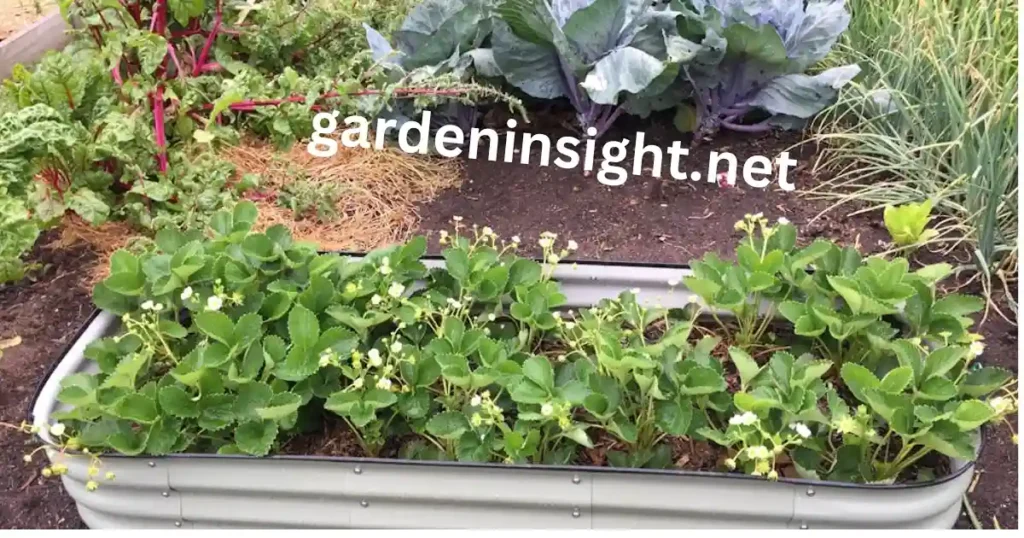
Pallets are a great, low-cost option for creating a garden bed. They’re widely available and can be customized for your garden’s needs.
- Prepare the Pallet
Inspect the pallet for damage and remove any loose nails. Use untreated, chemical-free pallets to avoid contamination. - Place and Secure the Pallet
Lay the pallet flat on the ground or against a wall for a vertical garden. Secure it in place with stakes or brackets if necessary. - Add Soil and Plant
Fill each section with soil and plant your flowers, herbs, or vegetables in each opening. Water gently to help plants establish roots.
How to Make Gardening Bed Bunnings Style
Using sleepers or wood from Bunnings (an Australian home improvement retailer) is a popular choice due to the availability of materials and customizability.
- Select Sleepers
Choose hardwood or treated pine sleepers, which are durable and suitable for outdoor use. - Assemble the Bed
Arrange the sleepers in a rectangular or square shape. Secure corners with metal brackets or screws for stability. - Fill and Plant
Fill the bed with soil and compost, then plant according to your garden plan.
How to Make Gardening Bed with Sleepers
Sleepers are heavy-duty wooden planks that provide a stable structure for garden beds, making them ideal for large or permanent installations.
- Choose Sleeper Type
Hardwood sleepers are sturdy and durable, while treated pine is a lighter, more affordable option. - Build the Bed
Stack sleepers to form walls and secure them with rebar for support. This method is excellent for large beds or garden borders. - Add Soil and Water
Fill the bed with nutrient-rich soil and water thoroughly to start planting.
How to Make Gardening Bed Over Grass
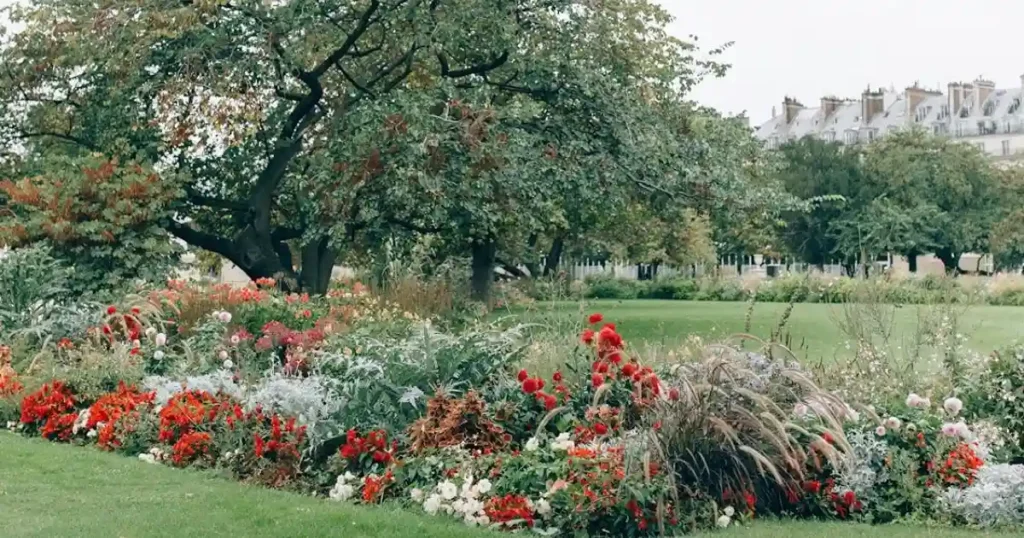
Building a garden bed over grass is a straightforward way to turn lawn into a productive gardening space without needing to remove the grass.
- Lay Cardboard or Landscape Fabric
Cover the grass with cardboard or fabric to suppress weeds. - Add Soil and Compost
Add a mix of soil and compost over the weed barrier, filling it to the desired height. - Plant and Water
Plant seeds or seedlings, then water well to help roots penetrate the soil.
How to Make Gardening Bed with Bricks
Using bricks to make a gardening bed provides a solid structure that requires minimal maintenance.
- Lay Out the Bricks
Arrange bricks in a single or double layer to form the outline of your bed. Stack or interlock them for stability. - Fill with Soil
Fill the bed with soil, leaving a couple of inches below the top to prevent runoff. - Plant and Mulch
Plant directly into the soil, and add a layer of mulch to help retain moisture.
Conclusion
Creating a garden bed enhances the aesthetics and productivity of any outdoor space. From simple wood frames to brick or pallet beds, each option offers unique benefits suited to different garden types and sizes.
Whether you’re building over grass, using sleepers from Bunnings, or setting up with bricks, a well-made garden bed supports healthy plant growth and makes gardening easier.
Select the material that best matches your budget and style, and enjoy the rewards of a customized garden bed that reflects your space and taste.
FAQ
Here are few frequently inquired questions about ways to make gardening bed:
What is the best way to make a garden bed for flowers?
The best way depends on the soil, climate, and the type of flowers you’re growing. Raised beds with rich soil work well for most flowers.
Can I make a gardening bed out of pallets?
Yes, pallets are a cost-effective option for creating garden beds. Ensure they are untreated and free of chemicals.
How do I make a gardening bed over grass without removing it?
Place a cardboard layer or landscape fabric over the grass, then build your bed frame and fill it with soil to plant directly.
What materials are best for a durable gardening bed?
Bricks, treated wood, and sleepers are durable materials that provide stable garden beds for long-term use.
How do I protect my garden bed from pests and weather?
Consider adding a cover or netting over the bed. This keeps pests out and helps protect plants from harsh weather.
